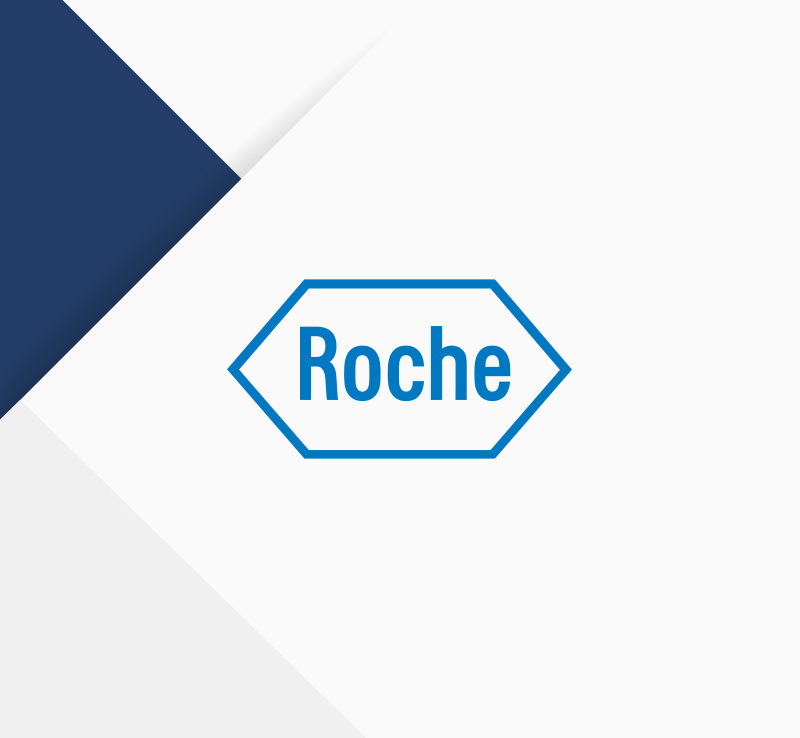Roche Q3 2024 $ROG (-5 %)

Financial performance:
Roche reported a 6% increase in Group sales at constant exchange rates, driven by strong core business growth of 8% in Pharmaceuticals and Diagnostics. The Pharmaceuticals division achieved growth of 9 %, supported by higher sales of key products such as Vabysmo, Phesgo, Ocrevus, Hemlibra and Polivy. By contrast, sales growth in the Diagnostics division was slightly lower at 5%, with the core business excluding COVID-19 growing by 8%.
Balance sheet analysis:
Management commentary indicates a focus on maintaining a strong balance sheet to support strategic initiatives, including mergers and acquisitions.
Income statement:
The income statement highlights a strong performance driven largely by innovative products. However, the appreciation of the Swiss franc had a negative impact on sales reported in Swiss francs.
Cash flow analysis:
The strong sales growth and disciplined cost management indicate healthy cash flow generation, which supports ongoing investments in research and development as well as strategic acquisitions.
Segment analysis:
- Pharmaceuticals: Strong growth driven by innovative products, with Vabysmo, Phesgo and Ocrevus leading the way.
- Diagnostics: Growth driven by new product launches and strong performance in core business, despite a decline in COVID-19 related sales.
Competitive analysis:
Roche remains a leader in both Pharmaceuticals and Diagnostics, leveraging synergies between the two divisions. The company is focused on maintaining its competitiveness through innovation and strategic acquisitions.
Forecasts and management comments:
Management is optimistic about future growth, with a focus on innovative product launches and strategic acquisitions. The company expects growth in the mid to high single-digit range in its core business in 2025.
Risks and opportunities:
- Risks: Currency fluctuations, competition from biosimilars and regulatory challenges.
- Opportunities: Strong portfolio of innovative products, strategic acquisitions and expansion into new markets.
Summary and strategic implications:
Roche's financial performance is underpinned by robust sales growth in pharmaceuticals and diagnostics. The company's focus on innovation and strategic acquisitions positions it well for future growth. However, efficacy fluctuations and competition from biosimilars remain key challenges. Roche's strategic emphasis on leveraging synergies between its divisions and expanding its product portfolio will be critical to maintaining its competitive advantage and driving long-term growth. For me, this was a sell after the strong rise and now I'm waiting to see what happens next, because the pipeline has to prove itself first.
Positive statements:
- Roche saw continued growth momentum in the third quarter, reflecting the high demand for innovative medicines and diagnostic solutions.
- Group sales increased 6% at constant exchange rates, driven by strong demand for novel medicines and diagnostic products.
- The Pharmaceuticals Division achieved 9% growth in its core business, supported by higher sales of Vabysmo, Phesgo, Ocrevus, Hemlibra and Polivy.
- Positive Phase III results for Gazyva/Gazyvaro in lupus nephritis show superiority over standard therapy, demonstrating statistically significant and clinically relevant treatment benefits.
- The cobas Respiratory flex test, which utilizes the new TAGS technology, was launched and represents a significant innovation in molecular diagnostics.
Negative statements:
- Sales in Japan decreased by 21%, mainly due to the base effect of the delivery of Ronapreve to the government in the first quarter of 2023.
- Sales in the Diagnostics division increased by only 5%, while the core business excluding COVID-19 grew by 8%.
- The appreciation of the Swiss franc against most currencies had a negative impact on sales reported in Swiss francs compared to constant exchange rates.
- Sales of Avastin, Herceptin and MabThera/Rituxan decreased by a total of CHF 0.5 billion due to competition from biosimilars.
- The ongoing transition of patients to Phesgo led to lower sales of Perjeta in Europe.

